In recent years, IoT technology has gradually become a focal point of attention.
With the development of mobile communication technology, many “long-range” IoT technologies have emerged based on traditional “short-range” IoT technologies, bringing a wave of innovation to the industry.
Among these emerging IoT technologies, the most frequently discussed are NB-IoT and LoRa.
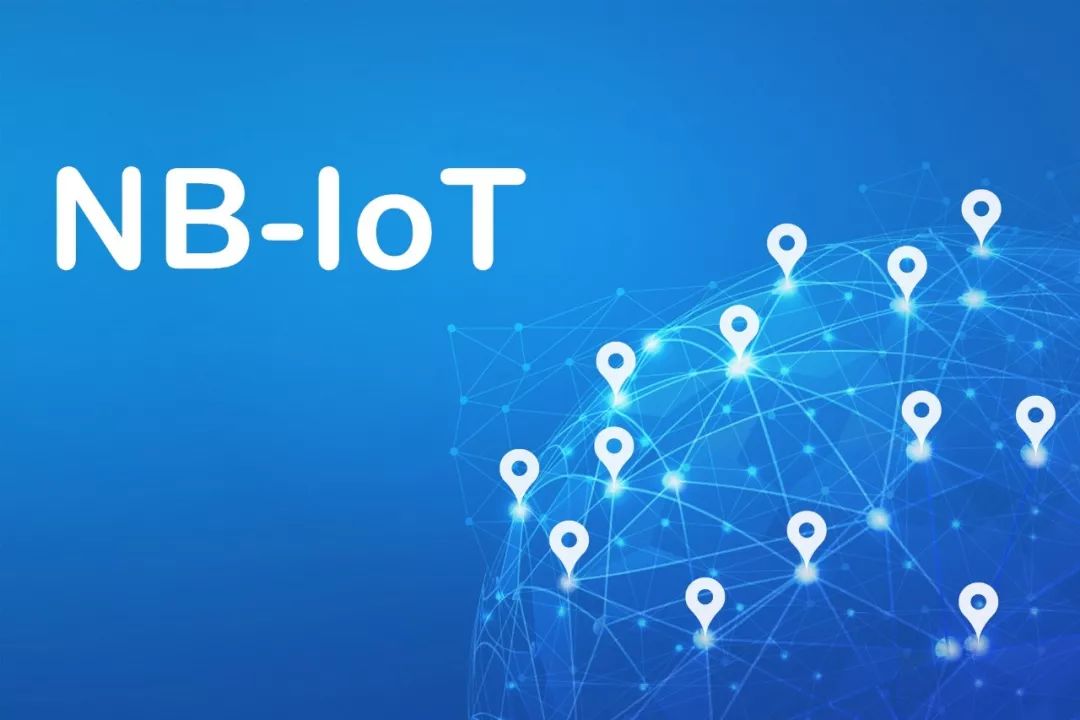
As the most sought-after IoT technology, the popularity of NB-IoT is undeniable.
In fact, besides these two, there is another technology that is widely used and was once thought to dominate the market.
It is the main character of today’s article—eMTC.
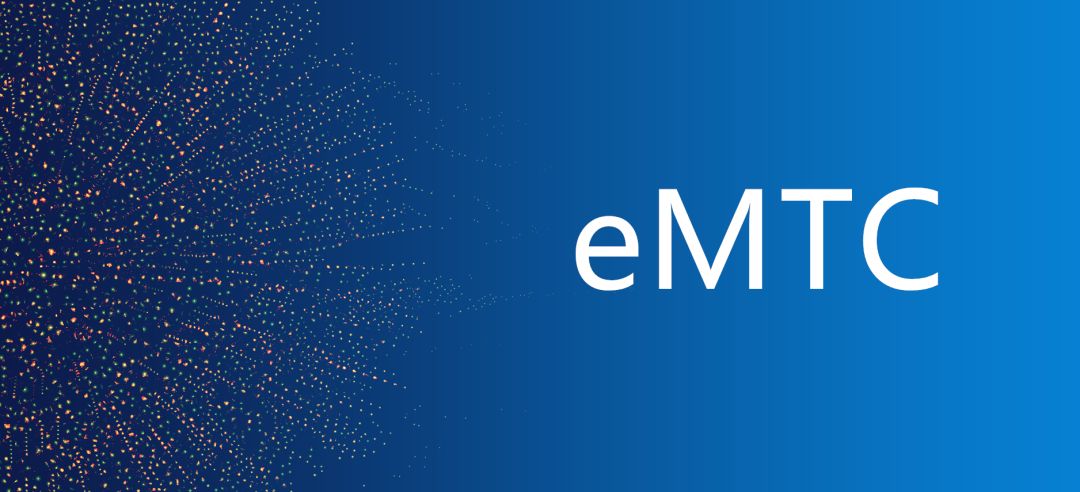
“The Internet of Everything” is an enormous cake. To share this cake, many companies are eager to participate in the research and development of IoT technologies. Various IoT technology standards have emerged in the industry, making it dizzying.
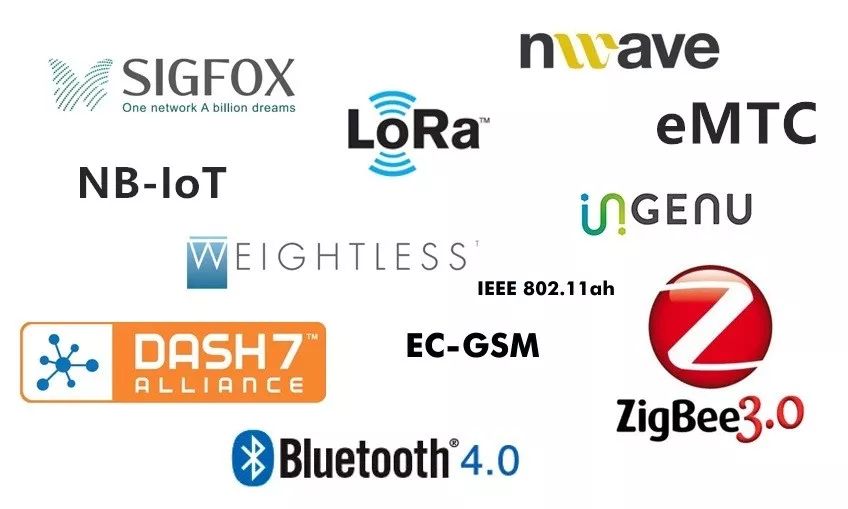
Overall, IoT technologies are divided into two main categories: WLAN IoT and Cellular IoT.
WLAN IoT is represented by Wi-Fi, Bluetooth, Zigbee, and Z-wave.
Cellular IoT is represented by NB-IoT, eMTC, LoRa, and Sigfox.
The differences between them mainly lie in power consumption and distance, somewhat similar to whether one uses Wi-Fi or mobile data for internet access.
In the past, the realm of IoT was dominated by WLAN IoT technologies, but in recent years, cellular IoT technologies have risen to prominence.
Cellular IoT technologies also belong to the LPWA technology (Low Power Wide Area).
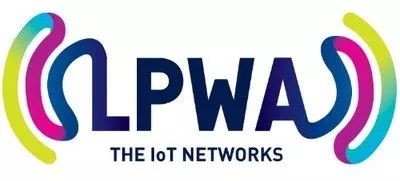
LPWA technology covers longer distances, consumes less power, and offers higher security and reliability, better meeting industry needs.
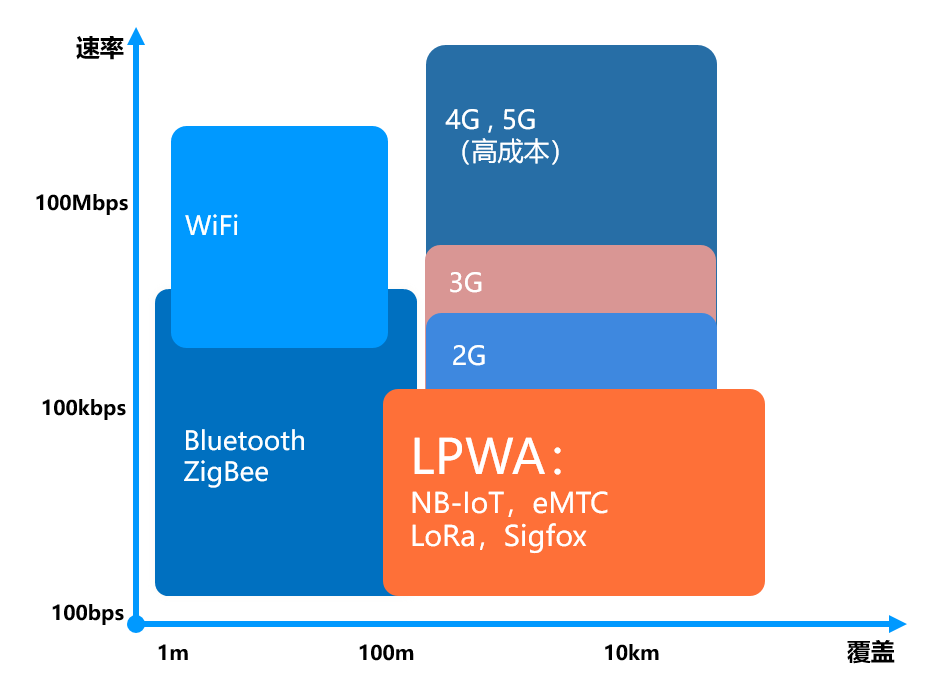
LPWA’s positioning: long coverage, low rate.
Within cellular IoT, there are several factions.
The largest faction in the communications industry—3GPP organization (What is 3GPP?)—is one of these factions.
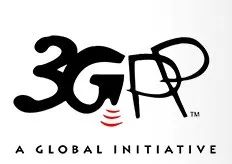
eMTC and NB-IoT are both technical standards introduced by 3GPP.
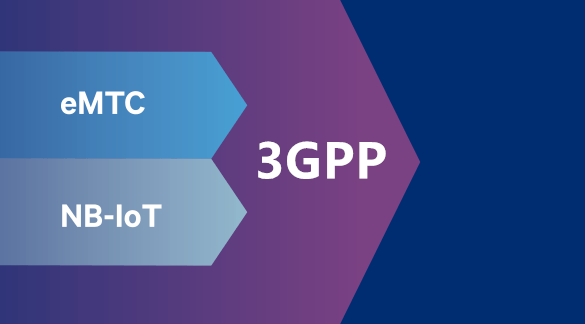
To be precise, in 3GPP specifications, there are three types of wireless connection technologies for IoT: NB-IoT, eMTC, and EC-GSM. EC-GSM is based on GSM (2G) technology and is now largely ignored. Therefore, the focus is on NB-IoT and eMTC.
How did NB-IoT and eMTC come about?
As the creator of LTE, the 3GPP organization has always regarded IoT as an important evolution direction of LTE.
As early as 2008, in the first version of LTE, R8 (Release 8), in addition to terminal categories like Cat.3, Cat.4, and Cat.5 that meet broadband multimedia applications, there was also a terminal category Cat.1 with an uplink peak rate of only 5Mbit/s, suitable for IoT and other “low-rate” applications.
Note! Here, Cat does not mean cat; it is an abbreviation for Category, meaning “type, classification.” Cat.X refers to UE-Category, where UE is User Equipment. The value Cat.X is used to measure the wireless performance of user terminal devices, essentially classifying terminal rates (levels).
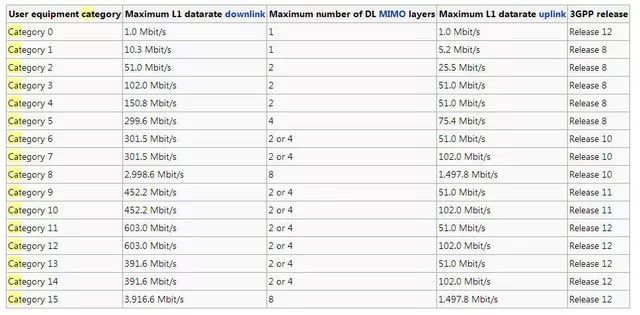
Different Cats, different rates.
In the early development of LTE, Cat.1 was not noticed by the industry. With the gradual popularity of wearable devices, Cat.1 began to gain attention.
However, Cat.1 terminals require the use of two antennas, which is still “too demanding” for wearable devices that are highly sensitive to size (generally equipped with only one antenna).
Thus, in R12/R13, 3GPP made several optimizations for IoT.
First, in R12, a new terminal category Cat.0 was introduced, abandoning MIMO (multiple antennas) support, simplifying to half-duplex, reducing the peak rate to 1Mbit/s, and lowering terminal complexity to 40% of ordinary LTE terminals. This initially met the cost requirements for IoT.
However, although the channel bandwidth of Cat.0 terminals was reduced to 1.4MHz, the RF receiving bandwidth remained at 20MHz (too large).
Therefore, in R13, 3GPP introduced the Cat.M1 category terminal, with both channel bandwidth and RF receiving bandwidth of 1.4MHz, further reducing terminal complexity.
Cat.M1 is our eMTC.

This is the origin of eMTC.
Additionally, in R13, 3GPP also introduced a Cat.NB-1, which has a receiving bandwidth of only 180kHz.
This Cat.NB-1 is our NB-IoT.
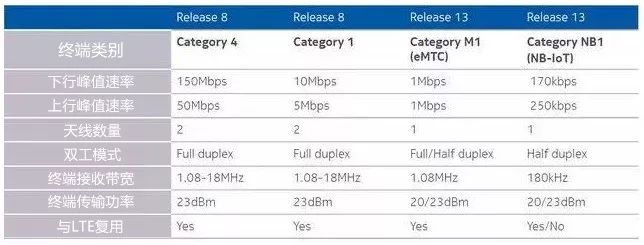
After all this, we still haven’t introduced the full name of eMTC.
The full name of eMTC is a bit long: enhanced Machine-Type Communication. (In the previous 3GPP R12 version, it was called Low-Cost MTC)
It also has another name, LTE-M, which stands for LTE-Machine-to-Machine, meaning communication between machines using LTE, quite straightforward, suitable for IoT LTE networks.
By the way, Machine-to-Machine is usually abbreviated as M2M, which you might have heard of.
eMTC and NB-IoT are both born from the same mother, so they are considered brothers. These brothers are indeed very similar; just how similar?
You can see in the following image:
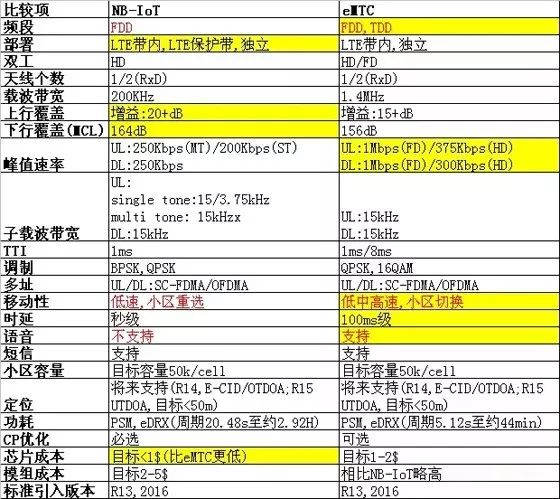
Comparison of NB-IoT and eMTC parameters.
It is evident that most parameters are the same, with only a few differences (see the yellow parts).
We won’t discuss the similarities; broad coverage, low power consumption, low cost, and large connections have already been extensively covered in previous discussions about NB-IoT.

Let’s focus on the differentiated features of eMTC.
In summary, eMTC has five advantages over NB-IoT:
First, higher rate.
Previously, when discussing NB-IoT, we often mentioned that to ensure low power consumption, the rate is very slow. However, eMTC is different; it supports a maximum uplink and downlink peak rate of 1Mbps. Please do not underestimate this rate; achieving this rate while ensuring coverage and power consumption is already quite impressive. This rate is sufficient to support richer IoT applications, such as low-speed video and voice.
Second, mobility.
NB-IoT has poor mobility, only supporting reselection and not handover. Therefore, it is generally used in fields that do not require much movement, such as water meters, electricity meters, and streetlight manholes. However, eMTC is different; it supports mobility in connected states, allowing IoT users to switch seamlessly, ensuring user experience. Thus, eMTC is more suitable for wearable devices like smartwatches.
Third, location tracking.
Based on TDD, eMTC can perform location tracking using base station-side PRS measurements without the need for additional GPS chips. This feature is beneficial for eMTC’s application in logistics tracking and cargo tracking scenarios.
Fourth, voice support.
Yes, this technology actually supports voice and VoLTE. Therefore, eMTC can be widely applied to IoT devices related to emergency calls.
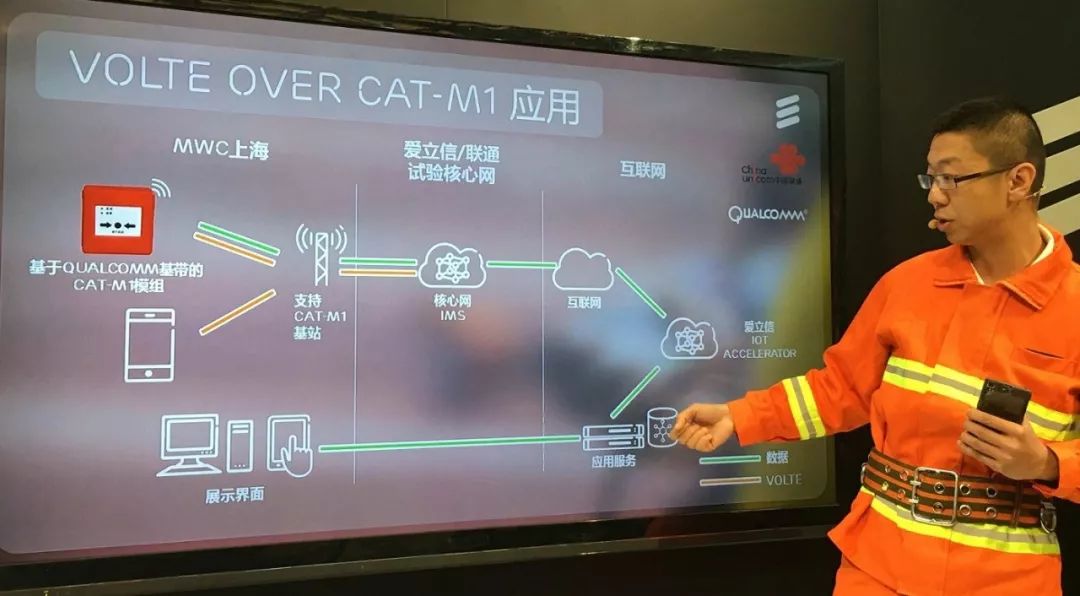
VoLTE based on CAT-M1 (eMTC)
Fifth, support for LTE network reuse.
eMTC can be directly upgraded and deployed based on existing LTE networks, sharing sites and feeder cables with existing LTE base stations. Cost-saving is the hard truth. Leveraging this advantage, eMTC can achieve low-cost rapid deployment, which is beneficial for operators to seize market opportunities.
Of course, eMTC does not outperform NB-IoT in every aspect; in terms of coverage capability and module cost, eMTC is inferior to NB-IoT.
Therefore, in specific application directions, if there are higher requirements for voice, mobility, and speed, then eMTC technology should be chosen. Conversely, if the requirements in these areas are not high but there are higher requirements for cost and coverage, then NB-IoT can be chosen. Specifically, devices like smart logistics, building security, and wearable communication are suitable for eMTC technology.
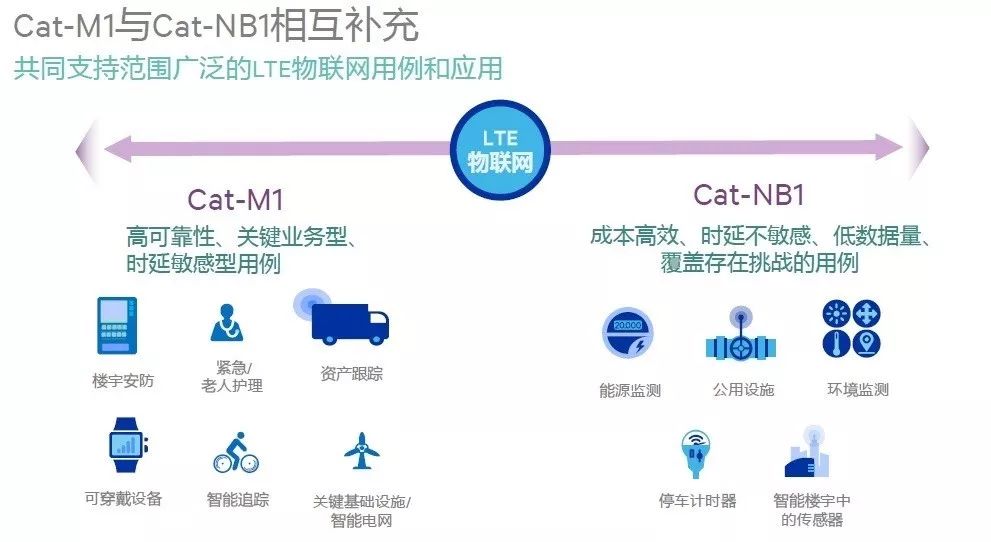
In fact, at the beginning of the emergence of the two technologies, the competitive relationship was more intense. There has been ongoing debate about which network standard to choose.
This debate continued until June 2017. At the 76th plenary session of 3GPP, the industry reached a consensus on the evolution direction of mobile IoT technologies (including NB-IoT and eMTC) Rel.15: No new system bandwidths below 1.4MHz for eMTC terminal types; no new system bandwidths above 200KHz for NB-IoT terminal types.
In simple terms, this completely delineated the application boundaries of NB-IoT and eMTC, with each specializing in their respective fields. Since then, they have transitioned into a cooperative relationship of hybrid networking and differentiated complementarity.
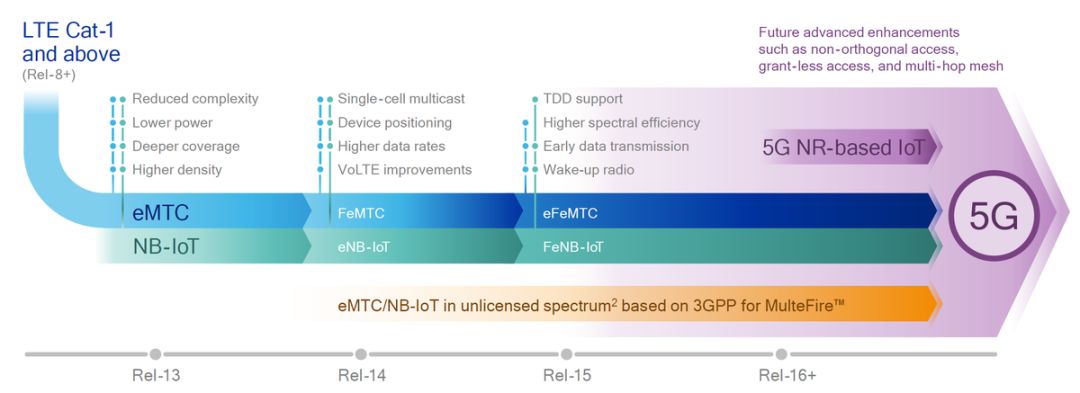
eMTC and NB-IoT are moving towards 5G together.
What is the actual market progress of eMTC?
In the specific commercial market, compared to the high-profile and hot development of NB-IoT, eMTC is very low-key, at least in the domestic market.
The three major domestic operators, Telecom and Unicom, have early on determined their commitment to NB-IoT and acted quickly, achieving significant progress. However, in terms of eMTC, the two have been relatively “calm.” China Unicom stated it would deploy at an appropriate time, but did not specify a clear development timeline, which has a hint of Tai Chi. China Telecom also took a wait-and-see attitude, with the official stance being “based on standards and industry maturity, to be introduced at an appropriate time.”
China Mobile should actually be more sensitive to eMTC, as it supports TDD networks (Mobile does not have FDD licenses), but in reality, Mobile is also indecisive.
Although China Mobile has conducted small-scale deployments and verifications of eMTC networks in several cities, it has not publicly announced its eMTC plans, remaining very low-key.
In simple terms, it is still due to licensing issues, so China Mobile has adopted a strategy of balancing both, focusing on the development of NB-IoT while also considering eMTC technology.
In contrast, overseas markets represented by operators in Europe, America, and Japan are much more enthusiastic about eMTC.
As early as early 2017, AT&T (USA and Mexico), KPN (Netherlands), KDDI (Japan), NTT DOCOMO (Japan), Orange (Europe, Middle East, and Africa), Telefonica (Europe), Telstra (Australia), TELUS (Canada), and Verizon (USA) jointly announced support for global deployment of eMTC. Especially AT&T and Verizon in the USA both declared in 2017 that they had deployed national-level eMTC networks.
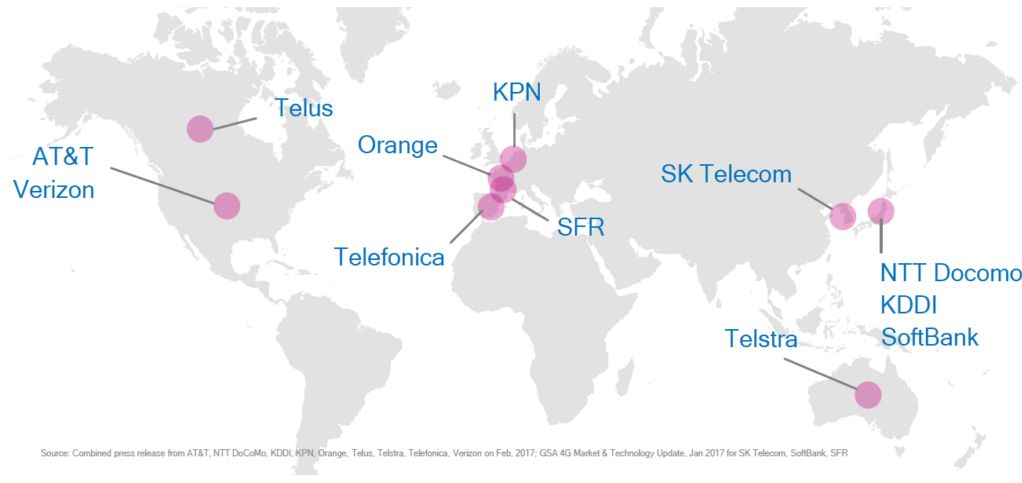
Global operators strongly support the deployment of eMTC.
In conclusion, although eMTC’s current development in China is not as vigorous as that of NB-IoT, as an IoT technology with its unique advantages, we should pay more attention to it. With its standard advantages, eMTC is bound to play a larger role in future market competition.
Alright, that’s all for today. Thank you for your patience!
